A group of plants called Succulents stores water in their leaves. Generally, the leaves are thick and fleshy, but some genera and species have thicker leaves. Unlike other plants, Succulents prefer dry climates and do not like too much humidity. Watering can ensure the best growth and flowering of any plant. Water is essential for survival, but they can endure long periods of drought thanks to the water and nutrients they store in their leaves.
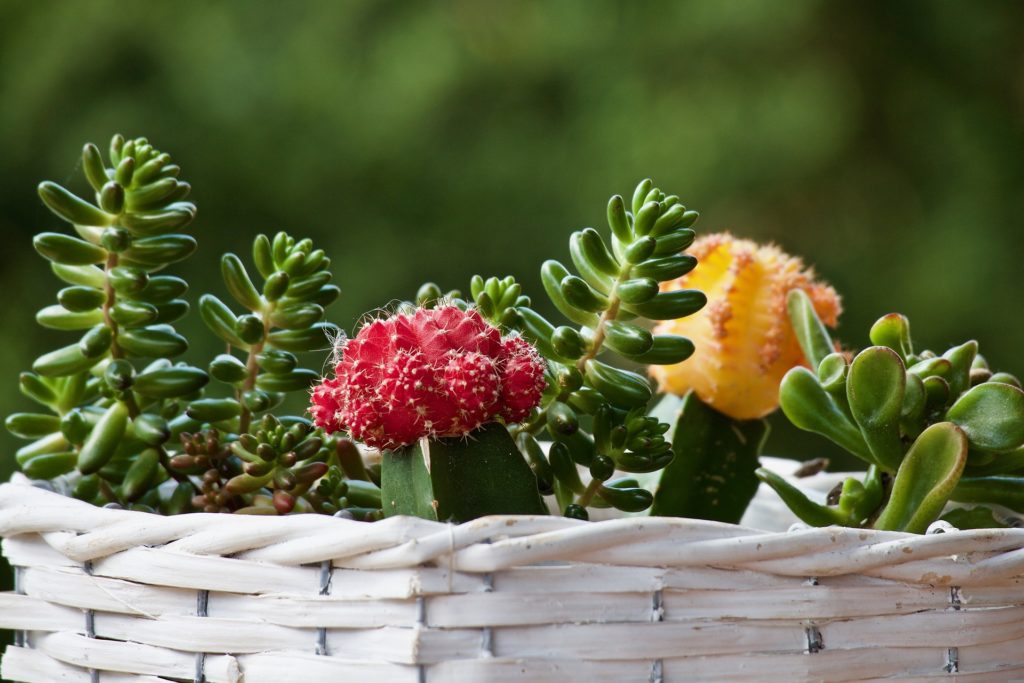
Roots that sit in water for an extended period will rot and die. One of the great things about Succulents is their ability to propagate quickly. Some species propagate more easily than others, but many can grow new plants from fallen leaves. Additionally, some pups are born as they grow. It is possible to propagate Succulents at any time but to increase the chances of success, try them in the Spring or summer.
How to propagate Succulents from leaves and cuttings
How to propagate Succulent leaves
A Succulent’s leaves drop, creating new plantlets called pups, which multiply in nature. A callous will develop over the part of the pup initially attached to the main stem, followed by roots that find their way into the ground and sprout. It is possible to propagate Succulents in water, but it goes against their natural growth conditions. The best way to start Succulent leaves and cuttings is in shallow planting trays or small containers filled with potting mix.
When Succulents are grown in individual containers, they don’t need to be transplanted as soon as they root. Some types of Succulents root slowly, even though they are popular. With the rooting hormone, the process can be sped up and improved results. By stimulating root growth, Rooting Hormone promotes more uniform root development on Succulent leaves and stem cuttings. The result is a plant with a stronger and better root system.
1. Planting containers or trays should be prepared. Plant cacti and Succulents in a coarse, fast-draining potting mix. Planting holes can be made with a small stick.
2. In a dish, pour a small amount of Rooting Hormone. Ensure you only pour enough for immediate use and throw away the excess.
3. Choose a mother plant from which you want to take a leaf. Well-hydrated and healthy cuttings are more likely to thrive.
4. Take a leaf and pull it. The leaf closest to the stem should be gently twisted and pulled to propagate. An overwatered plant may have severely wilted, yellowed, black, or brown leaves, which are generally not the best starting point for propagation.
In case you missed it: How to Grow Zinnias from Seeds: Guide and Steps to Propagation, Planting, and Care
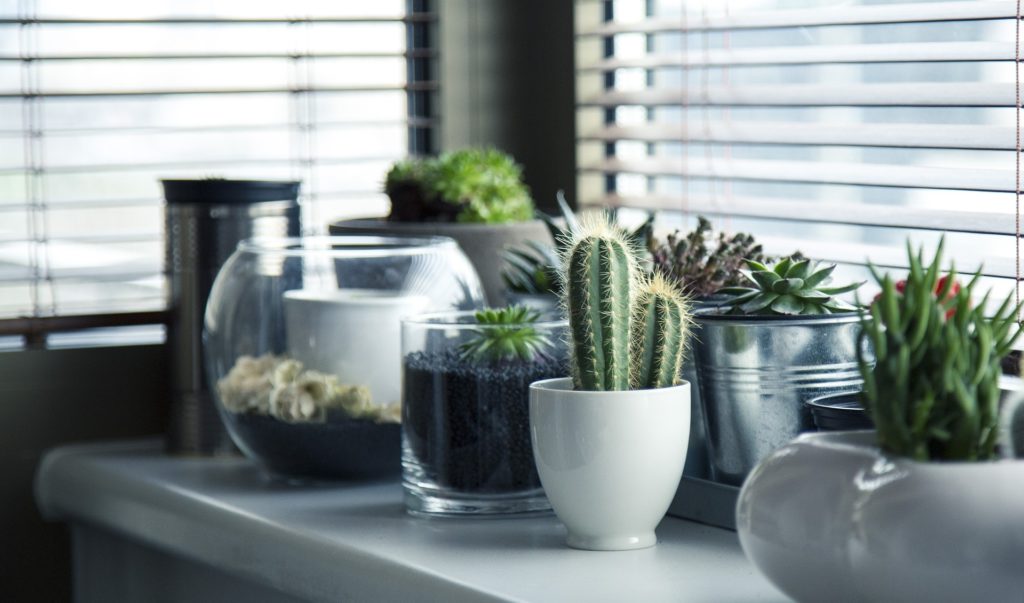
5. Allow the leaf to become callous. The cut end of the leaf should be reasonably wet once it has been separated from the plant since Succulents retain water in their leaves and stem to withstand droughts.
6. The leaf can be moistened by wiping the calloused end with a damp towel.
7. It should then be dipped into the dish of rooting hormone. You should thoroughly cover the leaf base or stem with rooting powder and shake it off.
8. Make sure the rooting powder stays in place by inserting the leaves carefully. Once the cuttings are in the potting mix, gently firm them around them. Leave the leaf cuttings near a warm window protected by a tree or window shade, so they don’t get direct sunlight.
9. Wait until roots begin to form before watering. After that, water the soil well and let it dry before watering again. Most Succulent leaves should root within two to three weeks, but rooting times vary significantly.
10. Once roots have been established in the trays, replant the Succulents into small containers. Using the same potting mix as before is recommended. Make sure not to disturb the tender roots of new plants.
Propagating Succulent cuttings
Suppose you have several Succulents, for instance, Sedum, Jade, Haworthia, or aeoniums. Try propagating from a stem, otherwise known as propagating by cutting. The stems of these Succulents tend to become leggy when they grow longer, with fewer leaves to receive more sunlight. You can prune a plant by cutting off its stem and grow a new one by cutting off its stem. Roots will grow with roots, and florets will grow on the piece cut off the top.
1. Choose a mother plant to cut first. Avoid stems with shriveled or soggy leaves, and look for healthy-looking plants.
2. Cut the chosen stem with clean scissors or shears. It is ideal to have several healthy leaves growing on it.
3. Give it time to callus. For better success, allow the stem cutting to become callous for a few days.
In case you missed it: 21 Houseplants You Can Propagate from Cuttings: An Easy and Best Planting Guide
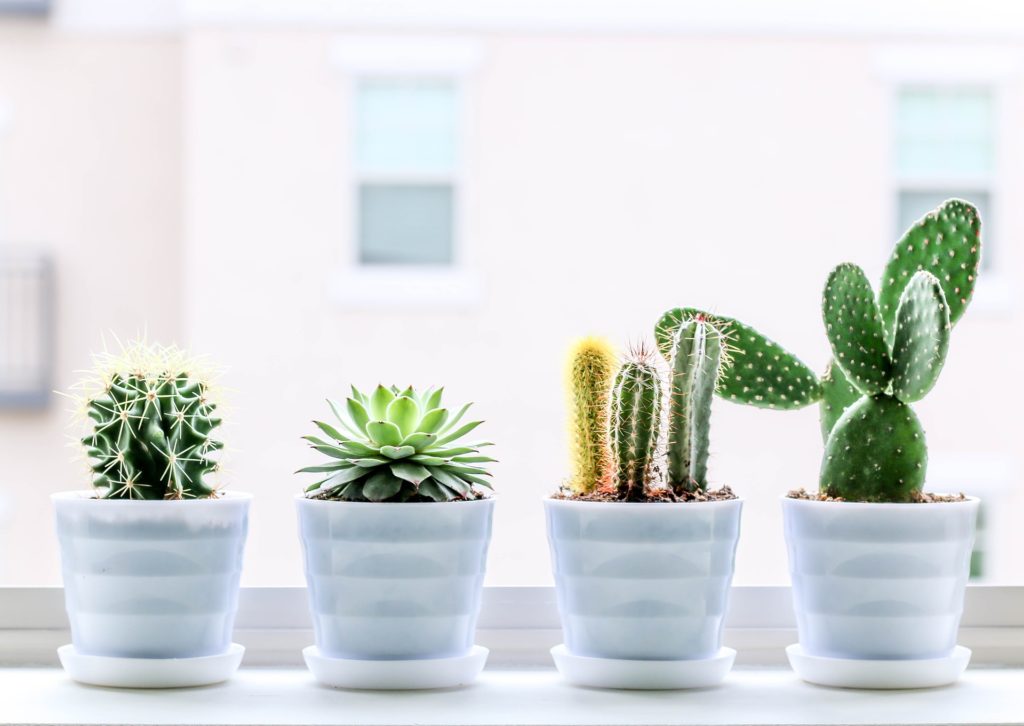
4. Remove the bottom 2 inches of leaves on the stem after it calluses so the clean part of the stem can attach to the soil more easily.
5. Insert the cuttings half-inch to two-inch into the soil after moistening it.
6. Plant the stem in the soil. Fill a small container with Succulent soil and place the calloused end of the stem cutting.
7. Make sure the sunlight is bright but indirect. Avoid overwatering Succulents, which can damage their roots.
8. In the second week, begin watering the soil. Only water the stems when the cactus soil mix dries out.
9. Top dress the soil mix to add more weight to the planter and help stem cuttings stand straight up.
10. The Succulent needs to be replanted. Roots will eventually sprout from the stem cutting. Plant it in a larger pot with sand or Succulent soil once a few inches of root growth have been observed.
Common mistakes when propagating Succulents
- Overwatering. Succulents will rot if they are overwatered in containers with leaves or stem cuttings.
- Placing leaf cuttings in bright, direct sunlight. It will be too stressful for the cutting. Also, the tender new growth of Succulents in intense sunlight can become sunburning or dry out.
- Using a leaf or stem that is not plump and healthy. For successful propagation, choose healthy leaves or stem cuttings. A plant’s healthy growth depends on it
- The wrong kind of soil is being used. The wrong kind of soil will retain too much moisture. Cuttings can rot or grow fungal and bacterial growth under these conditions.
- During propagation, Succulent cuttings, either leaves or stems, take several weeks to grow roots. So keep patience
- There is no guarantee that every attempt will succeed. Some plants won’t propagate, so take multiple cuttings or leaves. However, 50% to 70% of them will thrive if you do a good job.
Which season is best for propagating succulents?
Cuttings or leaves from Succulents should be planted in the soil to the root. The stems can be rooted in water instead. However, they can quickly rot in water, which can be risky. It is best to use a soil medium for the best results, and to produce stronger, healthier roots.
Summer and Spring are the most suitable seasons to propagate Succulents. As a result, they will root much faster during this period when they are most active. Furthermore, all that heat and humidity create the perfect conditions for roots to grow. If the right conditions are provided, propagation can also be done during the winter.
In case you missed it: How to Grow Moringa Tree Faster: Best Tips to Increase Flowering, Fruiting, and Production Yield
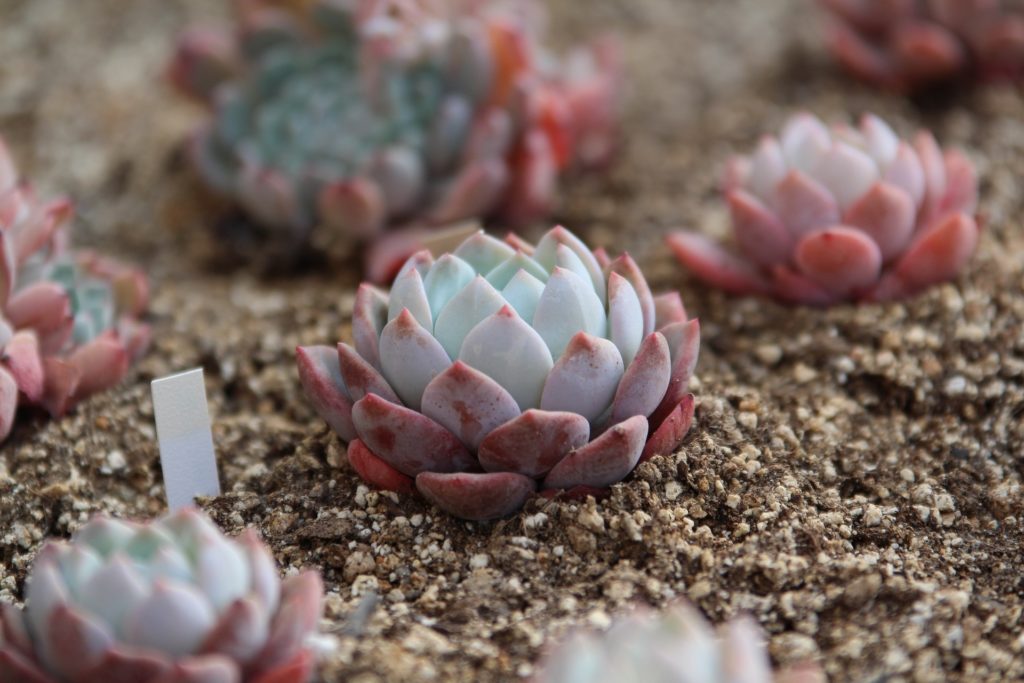
What is the fastest method to root Succulents?
A Succulent’s propagation time depends on the Succulent and the method used to propagate it. A Succulent may take two to three weeks to show signs of new growth after propagation. After propagating a Succulent, however, do not expect it to grow immediately.
Stem cuttings are the fastest way to propagate Succulents because the new root system will already be well established if a fresh cutting from the mother plant is done. When you cut off the top bit of the Succulent because it has been stretched so much, this stem will also produce many new plants. Due to its established root system, the plant has a great chance of producing more offset and growing rapidly.
What is the best soil for Succulents?
Since Succulents are drought-tolerant and do not require constant moisture, their potting soil should be porous, well-draining, and low in organic matter. In this case, loose, grainy soil mixtures with plenty of sand, perlite, or pumice are ideal. Succulents can also be grown in regular potting soil. It may work well, especially if you forget to water for a long period or if the plants are very small. Water the plants only when the potting soil is completely dry between waterings. In any other case, they will rot.
Why are my propagated Succulents dying?
A lack of water or too much dry soil caused the stems to dry out and eventually die. The soil dries out rapidly in excessive heat or sun exposure, preventing the roots from developing. The opposite is also true; too much watering can be detrimental. It is only necessary to mist the soil daily when it appears dry. If the mother leaves are too wet, they will rot, and the pup will also die.
The propagation of Succulent leaves does not require a lot of sunlight. However, the pups will not cope well with extreme heat or too much direct sunlight. Therefore, if you place your propagated Succulent containers in a bright place, you will get better results. Also, if the Succulent does not show new growth near the leaf, it needs more light.
What kind of pots do Succulents need?
Keep your Succulents healthy and growing by choosing the right pot. In other words, it doesn’t just mean a pot that adds visual interest to the room but is also important. Plants need adequate drainage and space to grow in the best pots for Succulents. Terracotta or ceramic pots are ideal for Succulents. Both materials are breathable, allowing water to drain and air to circulate properly. However, it is vital to remember that terracotta and ceramic are heavy, especially when adding soil and plants.
When should Succulents be repotted?
Repotting succulents is a good idea every two years to provide fresh fertile soil. It is best to repot Succulents when the growing season begins. Plants benefit from this repotting because it increases their survival chances. Succulents need to be replanted when they show these signs.
In case you missed it: How to Grow Green Chilli Peppers Faster: Best Tips to Increase Flowering, Fruiting, and Production Yield
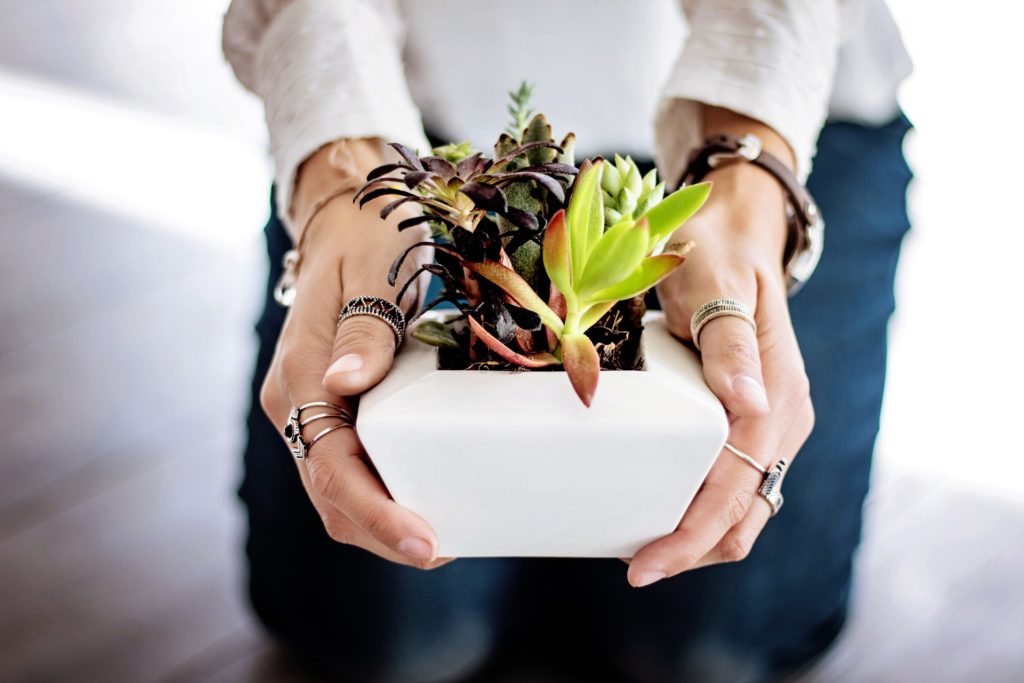
Roots are growing through the bottom of the pot
Repotting is highly recommended if the pot is wobbly due to roots poking through the pot walls. It is a good choice to leave about a 1/2-inch space between the Succulents and the pot’s edge when choosing the next pot for the Succulent.
The soil dries out too fast
The Succulent should be repotted if the potting soil dries out fast and the potting medium is no longer suitable. The Succulents’ roots need moisture to absorb them, so they prefer well-draining soil.
Succulents are top-heavy and unhealthy
The Succulents need to be repotted if they are toppling over or leaning. It indicates an unhealthy plant if the leaves are soft, wilting, or yellowing. Now is the time to diagnose the problem and possibly repot the Succulents.
How long can Succulents go without water?
Succulents can live and withstand up to 1-3 months without water. The conditions outside will be less harsh on indoor Succulents. It is common for soil to dry out faster outside than indoors due to wind and sunlight. A cooler climate means the soil stays moist for longer, generally during fall and winter.
How long can a Succulent go without sunlight?
Succulents are hardy plants that can survive many situations that others cannot, but they have a weakness. Sunlight is necessary for them. Some Succulent species and varieties can grow and thrive without direct sunlight, but they are a minority. Therefore, a bright, indirect light source will also be necessary for them to grow well. Keeping Succulents in a spot with at least a few hours of sun is essential to maintain their shape and color.
In the absence of light, Succulents can survive for a short period. Depending on the species, most Succulents will live for 10-14 days without deteriorating if placed in a place with minimal or no light. Some shade-tolerant Succulents can survive for a longer period.
What does it mean when your Succulent leaves turn brown?
It is common for Succulent plants’ oldest leaves to turn black or brown and dry out over time. Apart from that, it is not a good sign when Succulent leaves are observed that black. Overwatering might be the cause. Alternatively, it can mean the plant is in the wrong potting mix. Blackened leaves can be caused by hot air, especially sudden temperature rises. Initially, the leaves and stems turn brown. Continuing rapid moisture loss, however, will result in blackened leaves.
In case you missed it: How to Grow Isabgol Plants for Beginners: Guide and Steps to Propagation, Planting, and Care
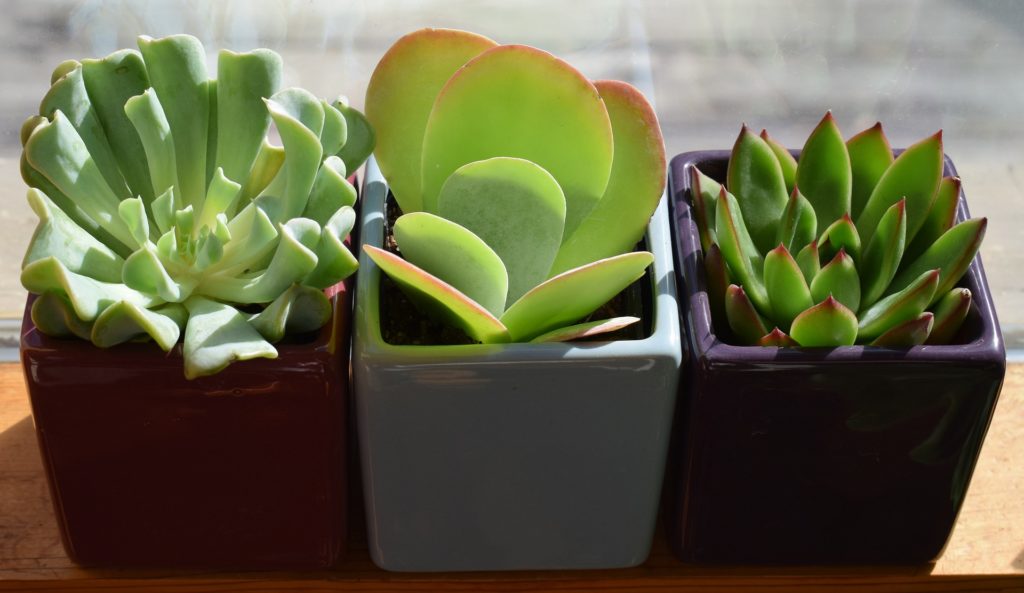
What Succulents Cannot be propagated?
Succulents cannot all be grown from leaf cuttings. The propagation may be failing because the wrong type of plant or species is being used. Verify that the plant you want to propagate is suitable for leaf-cutting propagation.
- Most Sempervivums or Hens and Chicks.
- Most Aeoniums.
- Agaves.
- Haworthias.
Some Succulent plants like Portulacaria Afra propagate from leaves but take too long.
Conclusion
It is easy and cost-effective to grow Succulents without spending much money. Propagation, in its most basic form, is a process of growing new Succulent plants from parts of mature plants. A mature plant can be propagated from seeds, offsets, leaf cuttings, or stem cuttings. The process of propagating Succulents is typically very simple. The propagation of some plants is, however, more difficult than that of others.
- Effective Fish Pond Construction Techniques for Beginners
- Irrigation and Water Management in Pineapple Farming
- Blossom to Harvest: Mastering Flowering and Pollination in Papaya Farming
- Pig Fattening Essentials: From Selection to Sale for Beginners
- Raising Wagyu Cattle: A Complete Guide for Premium Beef Production
- Soil Types and Their Water Holding Capacity
- Optimizing Irrigation Schedules for Coconut Groves for Enhanced Yield
- Espresso Your Garden: Coffee Grounds for Healthier Acid-Loving Plants
- The Best Soil Mix for Snake Plants: How to Mix Your Own Snake Plant Soil
- Green Thumb Success: Expert Tips for Cultivating Greenhouse Beans All Year Round
- Bloom All Year Round: The Ultimate Guide to Indoor Hyacinth Care
- Eco-Friendly Gardening: How to Make Liquid Fertilizer from Kitchen Waste
- Ultimate Guide to Grow Anise in Pots: Explore Seed Propagation to Harvesting
- Guide to Raising Chester White Pigs: Discover Breed Facts to Growth Management
- Mastering the Elegance: The Ultimate Guide to Weeping Cherry Tree Care, Planting, and Maintenance
- Ultimate Guide to Planting Garlic in Grow Bags: Growing Strategies for Beginners
- How to Fix Spider Plant Leaf-Related Problems: Natural and Organic Remedies
- 10 Reasons Why Your Tulsi Plant is Shedding Leaves: Home Remedies and Solutions
- Optimizing Growth and Yield: The Advantages of Palm Bunch Ash Fertilizer
- Utilizing Neem Oil Extract as a Natural Pesticide for Hydrangea
- From Soil to Harvest: Various Ways in Which Farmers Can Use AI Tools
- Steps to Encourage and Induce Citrus Flowers: A Comprehensive Guide
- How to Fix Snake Plant Leaf-Related Issues: Natural and Organic Remedies
- Transform Your Garden into a Fragrant Oasis with Raat Ki Rani (Night Blooming Jasmine)
- Discover the Ideal Chicken Breeds for Philippine Farms
- How to Create a Poultry Egg Farm Business Plan for Profits
- Grow Lemon Cucumbers Like a Pro: Insider Techniques for Bountiful Yields
- Ultimate Guide to Caring for Your Pink Princess Philodendron: Tips for Thriving Variegation
- Areca Nut Profit Per Acre: Calculating Yield and Cost of Cultivation
- How Kaveri Chicken is Becoming a More Profitable Breed in Indian Backyards
- Transform Your Barn: 9 Steps to Convert a Horse Stall into a Chicken Coop
- Exploring Suffolk Sheep Disadvantages with Limitations and Challenges
- Guide to Solving Potted Lemon Tree Problems: How to Revive Lemon Tree in Containers
- Steps to Encourage Female Pumpkin Flowers: Best Strategies for More Flowers and High Yields
- Ultimate Guide to Yellow Raspberries: Exploring from Planting to Care
- Ultimate Guide to Planting Ginger in Grow Bags: Growing Strategies for Beginners
